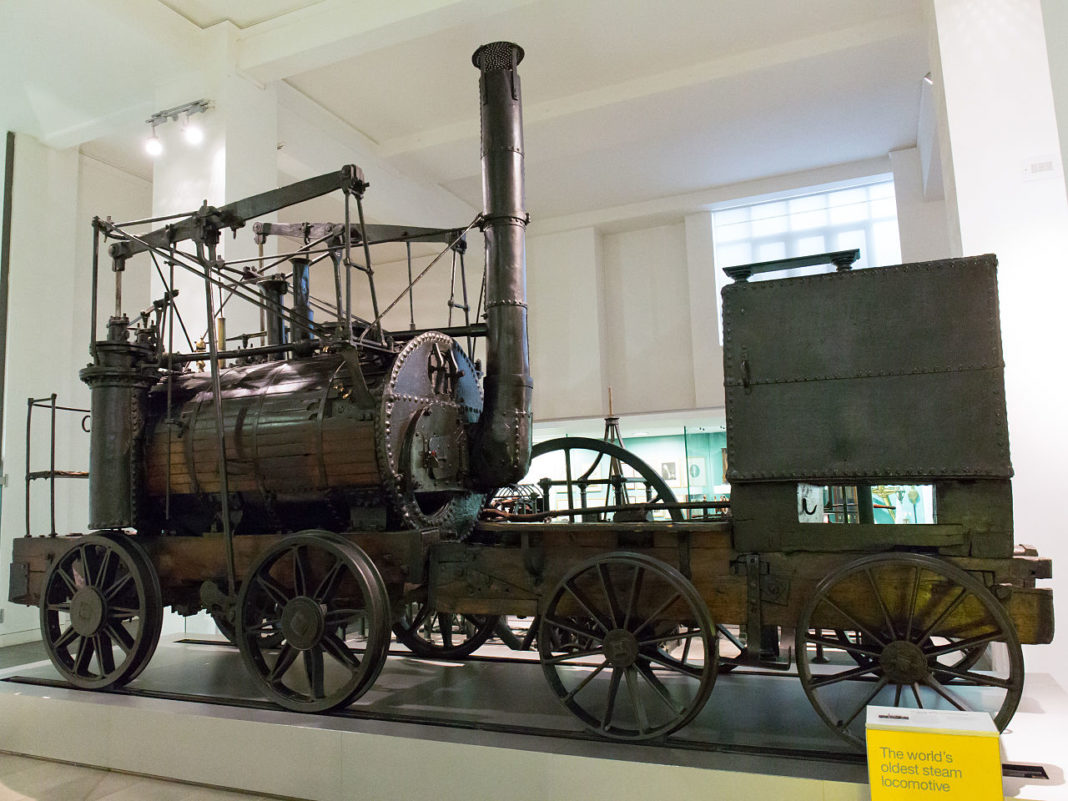Puffing Billy was one of three similar engines built by Hedley, the resident engineer at Wylam Colliery, to replace the horses used as motive power on the tramway. In 1813, Hedley built for Blackett’s colliery business on the Wylam Colliery line the prototypes, Puffing Billy and Wylam Dilly. They were both rebuilt in 1815 with ten wheels but were returned to their original condition in 1830 when the railway was relaid with stronger rails.
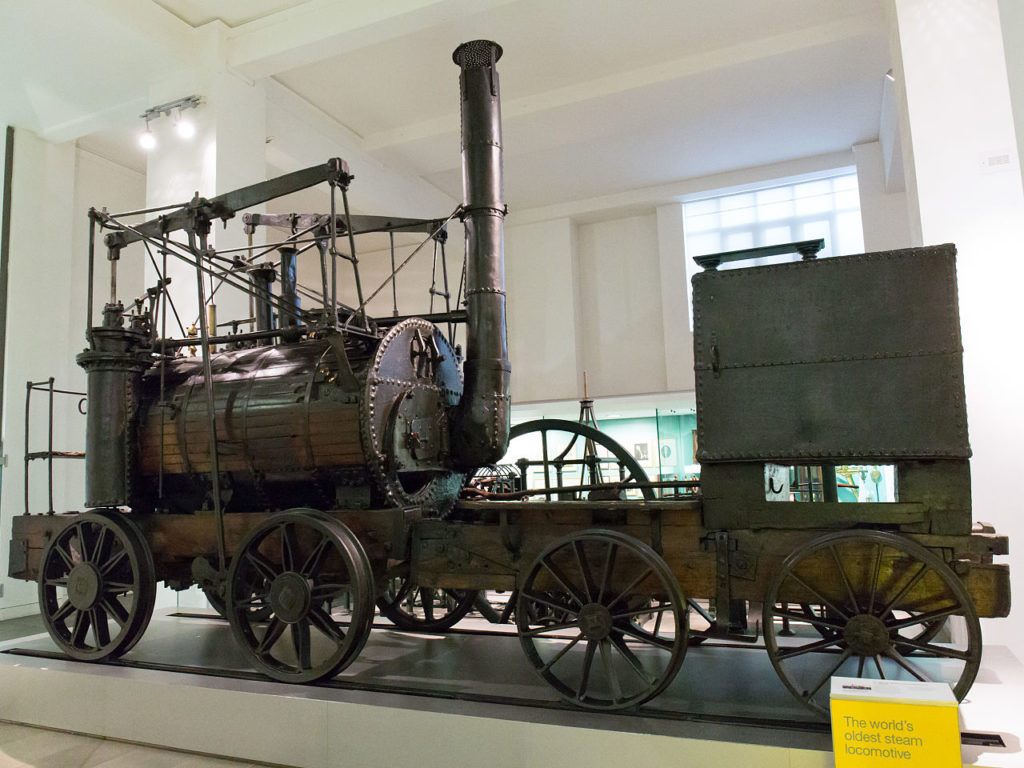
Puffing Billy incorporated a number of novel features, patented by Hedley, which were to prove important to the development of locomotives. It had two vertical cylinders, one on either side of the boiler, and partly enclosed by it, and drove a single crankshaft beneath the frames, from which gears drove and also coupled the wheels allowing better traction.
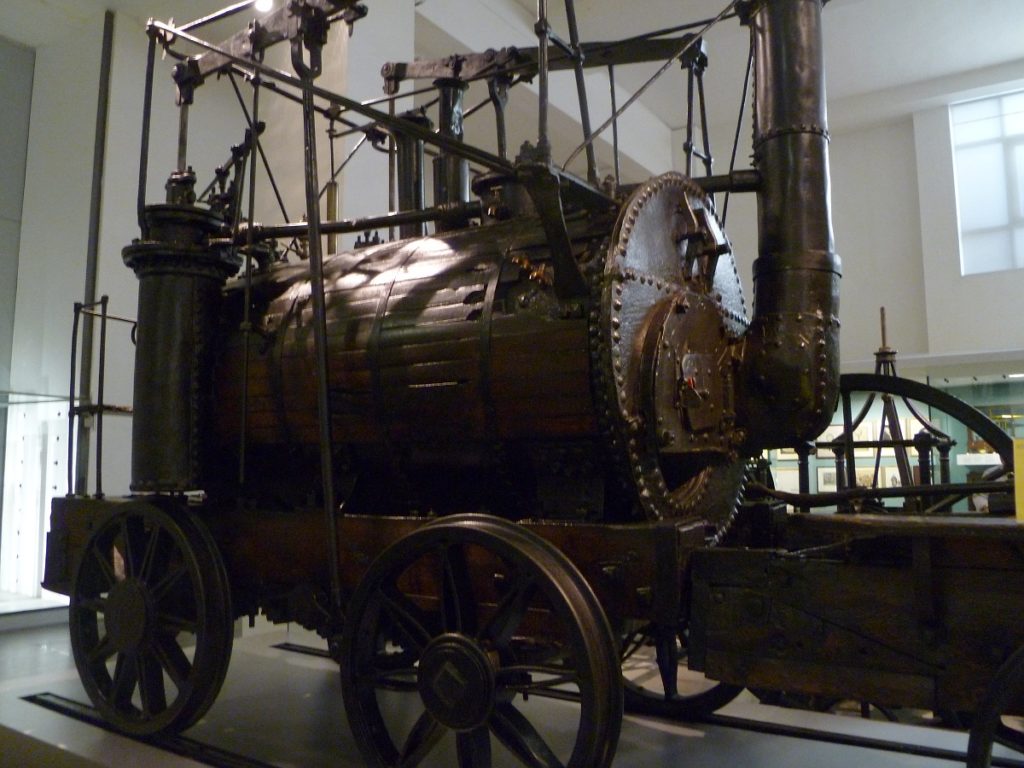
The engine had a number of serious technical limitations. Running on cast-iron wagonway plates, its eight-ton weight was too heavy and broke them, encouraging opponents of locomotive traction to criticise the innovation. This problem was alleviated by redesigning the engine with four axles so that the weight was spread more evenly. The engine was eventually rebuilt as a four-wheeler when an improved edge rails track was introduced around 1830. It was not particularly fast, being capable of no more than 5 mph (8 km/h).
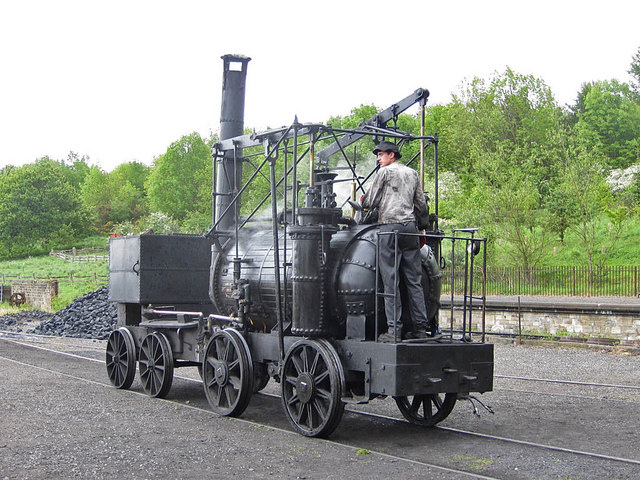
In 1952, British light music composer Edward White wrote a melody named after the locomotive. The piece became ubiquitous in British media, being used on BBC Light Programme’s Children’s Favourites, a radio request programme, from 1952 to 1966, and also appearing in numerous commercials and radio shows. The piece also became extremely popular in the United States, where it served as the theme for Captain Kangaroo from 1955 to 1974.
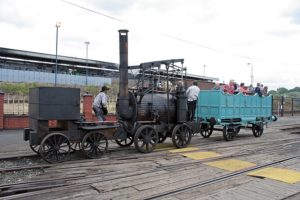
According to Wikipedia





